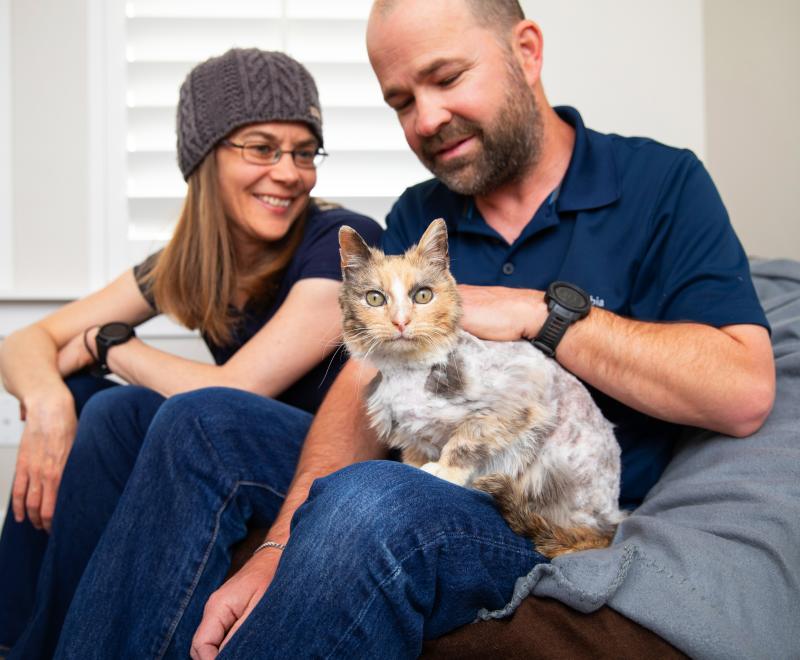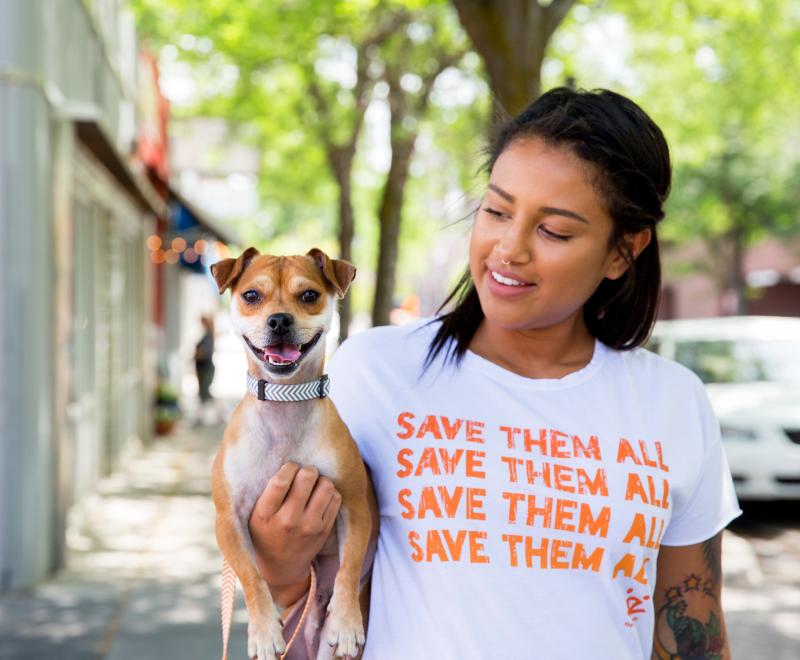How a N.J. shelter is changing the future for pets

How do you properly pet a cat? Three-year-old Vera knows the answer by heart: “You pet with two fingers down the back!”
Vera learned this from Wags & Wiggles, a toddler education program at Animal Welfare Association (AWA) in Voorhees, New Jersey, where her mother, Jaime Moore, works as marketing and digital content manager. The program’s goal goes beyond simply exposing young children to animals — it’s about teaching empathy and kindness.
“Animals need the same things we do: food, water, shelter. But they also need love. We need love to survive. They need love to survive,” explains Laura Houston, AWA’s executive director. “I'm optimistic that the more kindness we teach, the more we can create meaningful social change.”
But teaching toddlers about pets is just one piece of AWA’s holistic approach to animal welfare.
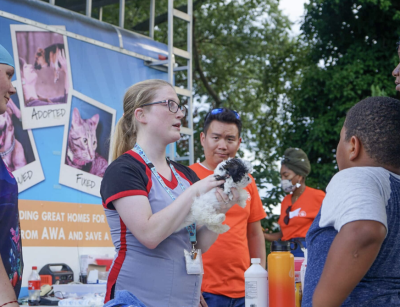
More than a shelter
Founded 76 years ago, AWA is the oldest and largest no-kill shelter in southern New Jersey. While finding new homes for pets in need remains a priority, AWA’s focus extends beyond adoption and foster programs.
“We tell people all the time that we are so much more than a shelter,” says Laura. “Over the last several years, we’ve been shifting the narrative of shelter work in southern New Jersey. Our emphasis is now on prevention and breaking the cycle of animal homelessness.”
That’s exactly why Best Friends Animal Society awarded AWA a Rachael Ray No-Kill Excellence Grant in 2024. Best Friends’ goal is for every shelter in the United States to reach no-kill, and one way we’re helping shelters — and the pets and families they serve — is by awarding them funds to support their lifesaving work.
[Teaming up to revive an Illinois community cat program]
Funded by The Rachael Ray Foundation — which receives proceeds from Rachael Ray™ Nutrish® dog food — the grant supports lifesaving and prevention programs like, in this case, trap-neuter-vaccinate-return (TNVR) for community cats (aka cats who live outdoors).
TNVR involves humanely trapping community cats, spaying or neutering and vaccinating them, and returning them to their outdoor homes. It helps to prevent unwanted litters and keep community cats out of shelters where they’re often at risk of being killed.
Thanks to the Rachael Ray No-Kill Excellence Grant, AWA hired a TNVR coordinator and helped three times as many community cats as previous years.
“The impact will be massive,” says Laura. “This effort will prevent so many kittens from entering already overcrowded shelters.”
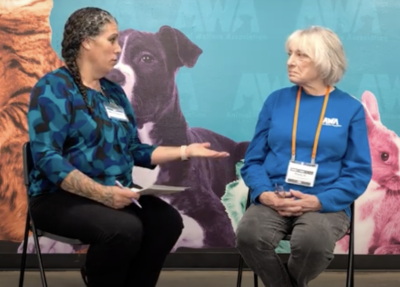
Talking solutions over coffee and doughnuts
The grant also allowed AWA to expand partnerships with other shelters throughout southern New Jersey. Once AWA identified cats as the group most at risk in their area, they partnered with four shelters that needed help with cat lifesaving. Sometimes that involved AWA taking in pets from partner shelters to help them free up space.
“For one of our partner shelters, we went from taking in 11 animals to 196,” Laura shares.
[117 cats spayed or neutered in surgery marathon]
Inspired by this initiative, AWA launched a shelter leadership coffee hour, where shelter teams gather over coffee and doughnuts to discuss challenges and solutions together.
This spirit of collaboration is key as we work together toward the goal of bringing all shelters in the country to no-kill.
“When shelters work together, it builds real trust,” says Carolyn Fitzgerald, Best Friends East region senior strategist. “It’s saying, ‘I know you're overwhelmed with cats. How can I help?’ That creates breathing room for that shelter to focus on other lifesaving efforts.”
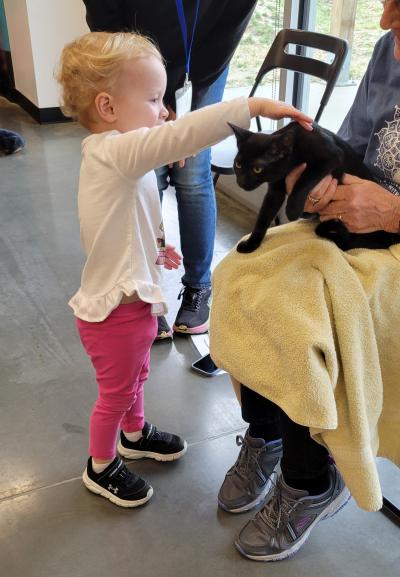
Lifesaving for shelters, animals, and people
The grant didn’t just impact community cats — it changed lives within AWA itself.
Take Paula Dean, for example, who has dedicated 21 years to AWA, both as a staff member and volunteer helping community cats. She was ready to retire, feeling her impact was limited, until the grant allowed AWA to officially name her the TNVR coordinator and reach the impressive mark of helping 1,072 community cats in 2024, up from 370 in 2023 and 174 in 2022.
This success gave Paula a renewed sense of purpose. “I’m expecting her to beat last year's numbers by a landslide because she saw we can do it,” Laura says. “And now she's going to say, ‘Let's blow it out of the water.’”
Whether they’re teaching toddlers about animals or saving community cats, AWA is shaping the future of animal welfare in southern New Jersey.
“If we teach kindness and pet responsibility to kids now, maybe when Jaime’s kids have grandkids, we won’t need shelters anymore,” Laura says.
She believes this fully, as she should. Thanks to AWA, The Rachael Ray Foundation, and so many other dedicated animal welfare organizations in New Jersey and nationwide, that future is closer than ever.
Let's make every shelter and every community no-kill in 2025
Our goal at Best Friends is to support all animal shelters in the U.S. in reaching no-kill in 2025. No-kill means saving every dog and cat in a shelter who can be saved, accounting for community safety and good quality of life for pets.
Shelter staff can’t do it alone. Saving animals in shelters is everyone’s responsibility, and it takes support and participation from the community. No-kill is possible when we work together thoughtfully, honestly, and collaboratively.


